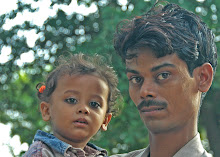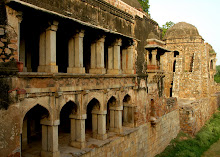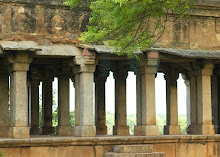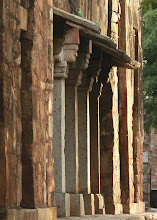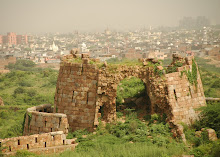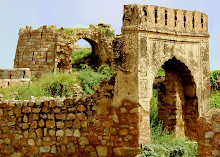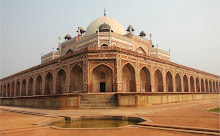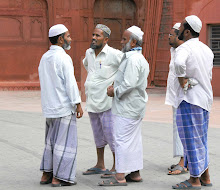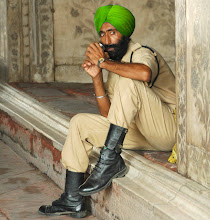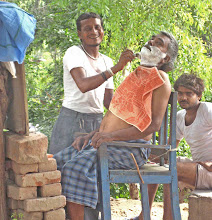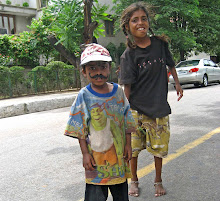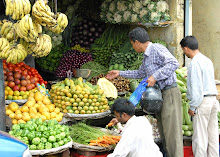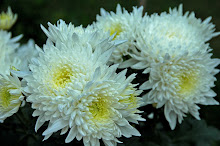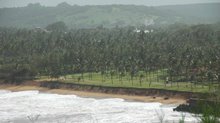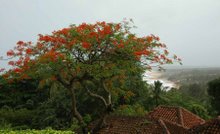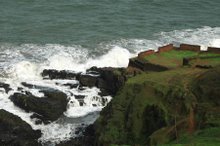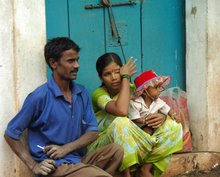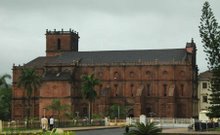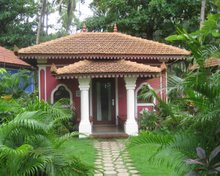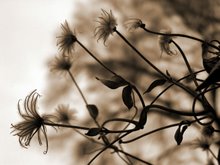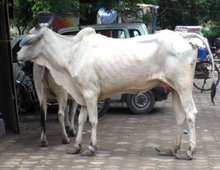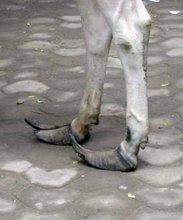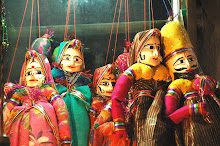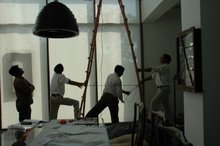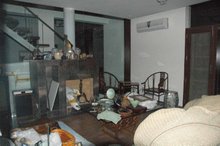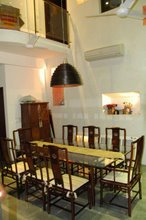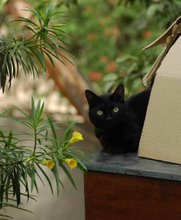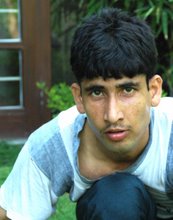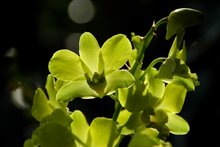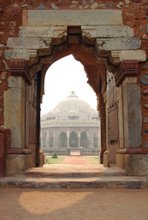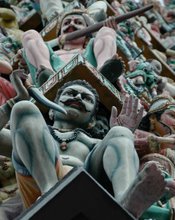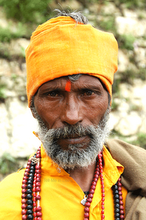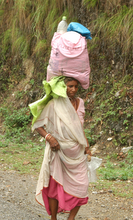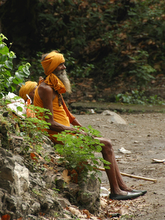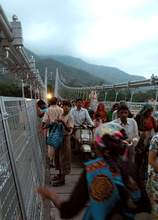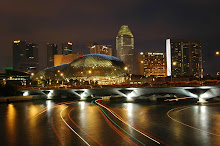139 days in India is not enough time to understand and embrace this great country. Yet each day, I am getting closer to a more personal, even intimate relationship with this vast exotic land. I have held my breath at her many wonders; I have sighed in frustration at the unfathomable ways of her people. As a barometer, I go through each day with countless highs and lows.
This is India. A land to explore and discover, a land that delights and frustrates, and in the end, a land to love.
Driving through the streets with Joginder, I glimpsed the ugliest on the streets of India. With fresh eyes, I saw broken down buildings with absent windowpanes. I saw rows of makeshift tents on sidewalks. I saw ramshackle brick homes haphazardly sitting atop garbage strewn hills. I saw her sacred cows feeding off rubbish mountains. Leprous, dirty beggars constantly knocked on my window. Very young mustachioed boys performed somersaults to amuse car passengers into sparing them a few Rupees. Mothers begged with hired and drugged babies on their hips. Walking through the streets and markets of India, I have swatted flies away from my path and suffered through the swirling dust in the air. I have tried to ignore the noise of loud unfamiliar music. I have smelled the heavy oils in the sidewalk snack carts. I have dodged persistent vendors. What a rude introduction to India!
We moved into a beautiful new home at the end of D block; a contemporary flanked on two sides by parks with mature trees. Situated around all this green, I knew I had picked our private paradise to bring calm back into our lives, our haven away from the dust, dirt and chaos of Delhi. But nothing is easy in Delhi. Everything must be a struggle if only so that satisfaction at each minor victory is that much sweeter. Yes, indeed a new home where everything is shiny and everything works. How could we both have been so wrong? New meant untested, unresolved, unfinished, undone! Nothing in my years with 24 moves could have prepared me for this challenge. Before the month was over, we had taken showers with a mere trickle of water, showers with frigid water, showers with scorching hot water (it did not seem to matter which way the fixture was directed), and even half showers with barely enough water to rinse off the soap suds! We have slept in stifling heat because the generator did not kick in. We have slept to the hum of the generator that would not turn off. We have awoken to a flood in the kitchen because the plastic pipe used in the geezer* had deteriorated in the heat. And worst, at 7:20 a.m., I unwittingly opened the door to four horrifying hijras** with their loud "namaste madame" pushing their way into my home while the morning guard stood uselessly downstairs. (That truly merits another post on this blog!) All this made me less fond of India; I contemplated giving up, moving back to my beloved Singapore where everything was clean and everything worked. I was exhausted from the constant assault of the unpredictable. I had no desire to live like this, to live in a place where all my energy was directed at pure survival.
And yet, as though with invisible hands, time has worked out the chemistry of things.
139 days.
Very slowly the pieces of our lives are falling into a semblance of order. These days, my driver Ambrose navigates the streets dexterously. I take a nap in the back seat and have learned to be oblivious to the ugliness outside my windows. Survival means numbing yourself to what offends. It means dulling your senses so that what used to move you in bitter ways no longer has a hold on you.
Closing my eyes to the repugnant has allowed me to see anew. I admire the abundance of fruit and vegetable vendors along the sidewalk markets. The fruit vendor who naps blissfully with his melons at mid-day makes me smile. i admire the industrious block dhobiwallahs*** who eke out a living with their heavy coal irons ironing clothes for a mere seven-and-a-half cents apiece. Local markets where the chemist, grocer, kitchenware man, and electrical supply man, nod as acquaintances make me feel that I am starting to belong to this wild, untamed, chaotic Delhi. Men huddled together, their heads stylishly wrapped in unexpectedly colorful turbans make a perfect photograph. I admire the women dressed in perfectly coordinated sarees. I see a different picture now.
Life in India, how mysterious, how exotic, and how exciting it is all going to be! It has taken me 139 days to discover that India is my world.
At least for now.
------
*hot water heater
**eunuchs
***ironing men
Friday, July 27, 2007
Saturday, July 14, 2007
Goa, Paradise in India
Delhi welcomed the monsoons a day early this year instead of its historically predictable yearly arrival of June 29th. The markedly cooler temperatures in the mid-30s replaced the sizzling mid-40s of the previous week. Delhi once again turned a deep green with her Jamun, Neem, and Peepal trees washed clean, rid of the blanket of grey dust the dry summer heat brings upon it. India is vast and diverse where culture and cuisine, fashion and faces change with its geography. So too, the Indian wet monsoon. Strong often-violent winds changing direction with the season, the monsoons blow from the land toward the sea in winter and from the sea toward land in the summer.
Rachel and I boarded a Sahara plane for a two-hour flight to Goa to meet David for a birthday holiday. Where Delhi is a parched desert even immediately after monsoon rains, Goa is a lush verdant jungle. A monsoon holiday in Goa is like spending the days and nights in a dreamland cocooned in her luxuriant foliage. Goa has the lushest and most exuberant landscape in all India!
Goa merits another visit when the sun is out, the beaches are calm and the skies are blue. However, our monsoon holiday was not without its charm. Goans welcome the monsoon rains so that it delights rather than disrupts their summer days. After a day or so, we learned to do the same, to go with the flow, to stay cozy inside while the winds and rains came through then to walk out to the glorious green outdoors when the weather permitted.
The Portuguese influence in Goa is seen is her many churches not only in the capital city Panaji but also in every corner of every town. In Velha Goa, we visited the Basilica of Bom Jesus (built 1560) where the body of St. Francis Xavier is enshrined, the Se Catherdral (begun in 1562, it took almost a century to complete), the Church and Convent of St. Monica (completed in 1627), Chapel of St Catherine (1510), Church of St. Francis of Assisi (1661). There were also innumerable little churches along the way. How awesome it is to see these beautiful 400-year-old structures!
Having often enjoyed Portuguese cuisine in Macau, I was looking forward to sampling Goan fare. For most Goans, the three basic necessities of life are fish, curry and rice. But Goan cuisine, like the land itself, has many flavours and tastes. The long period of Portuguese rule, besides that of the Muslim and Hindu kingdoms, has left an indelible influence on the original style of Goan cooking and has led to an exotic mix of very tasty and spicy cuisine.
Coming from Delhi where roofs are mostly flat, it was delightful to see pitched red-tiled roofs. Houses and buildings were in Mediterranean colors of mustards, pinks, oranges, periwinkles....
Rachel and I spent an afternoon at the resort's famous spa. Gentle soothing hands and hushed voices blessed us with two hours of relaxation while the monsoon rains and winds roared outdoors. Ah yes, it is true, Goa IS paradise!
Rachel and I boarded a Sahara plane for a two-hour flight to Goa to meet David for a birthday holiday. Where Delhi is a parched desert even immediately after monsoon rains, Goa is a lush verdant jungle. A monsoon holiday in Goa is like spending the days and nights in a dreamland cocooned in her luxuriant foliage. Goa has the lushest and most exuberant landscape in all India!
Goa merits another visit when the sun is out, the beaches are calm and the skies are blue. However, our monsoon holiday was not without its charm. Goans welcome the monsoon rains so that it delights rather than disrupts their summer days. After a day or so, we learned to do the same, to go with the flow, to stay cozy inside while the winds and rains came through then to walk out to the glorious green outdoors when the weather permitted.
The Portuguese influence in Goa is seen is her many churches not only in the capital city Panaji but also in every corner of every town. In Velha Goa, we visited the Basilica of Bom Jesus (built 1560) where the body of St. Francis Xavier is enshrined, the Se Catherdral (begun in 1562, it took almost a century to complete), the Church and Convent of St. Monica (completed in 1627), Chapel of St Catherine (1510), Church of St. Francis of Assisi (1661). There were also innumerable little churches along the way. How awesome it is to see these beautiful 400-year-old structures!
Having often enjoyed Portuguese cuisine in Macau, I was looking forward to sampling Goan fare. For most Goans, the three basic necessities of life are fish, curry and rice. But Goan cuisine, like the land itself, has many flavours and tastes. The long period of Portuguese rule, besides that of the Muslim and Hindu kingdoms, has left an indelible influence on the original style of Goan cooking and has led to an exotic mix of very tasty and spicy cuisine.
Coming from Delhi where roofs are mostly flat, it was delightful to see pitched red-tiled roofs. Houses and buildings were in Mediterranean colors of mustards, pinks, oranges, periwinkles....
Rachel and I spent an afternoon at the resort's famous spa. Gentle soothing hands and hushed voices blessed us with two hours of relaxation while the monsoon rains and winds roared outdoors. Ah yes, it is true, Goa IS paradise!
Sepia Tones
O. P. Sharma.
I've heard the name mentioned in awe. Mr. O.P. Sharma is director of the Photography Department at Trevini Kala Sangam. For 5 months, my colleagues and I will be under his expert tutelage. Though the course is titled "Basic Photography" I have high hopes of learning a lot from this seasoned veteran, Sharma sir.
Before matriculating into this class, I boldly called Sharma sir to inquire whether the course was tailored to film or digital cameras. Knowledge learned can apply to both, he said. I also told him that I had already taken a basic course at the Singapore Photographic Society and had rudimentary knowledge to begin with. He very simply said that the basic course MUST be taken before the advanced course. Very well, good sir, you are the expert.
Classes are held in the second room of the basement of Trevini Kala Sangam on Tansen Marg. In front of the small once beige-walled room is a wooden teacher's table barely large enough for more than three notebooks and a pen or two. Above it is an aging air-conditioner. A dust encrusted wall fan is next to the air-conditioner. On the left wall is a shelf with ordinary tins of biscuits, detergent bottles, a teapot with three cups, empty beer cars--objects to be photographed, I later realized. Three or four rows of green metal chairs are lined up for us. I hurried and took a chair in front of the class then hoped that I would have an English speaker next to me. Except for the air conditioner, it might have been a classroom at the Free School of St. Scholastica's College, Manila. What a throwback to the 60s!
Sharma sir walked back and forth into a little locked room adjacent to the classroom. After several trips (which took all of ten minutes!) he settled down to his teacher's desk and began. I will try to describe Sharma sir to you but nothing I say can convey the aura of the man. Sharma sir has combed back pure silver grey hair that just touches his collar. He has Elton John transparent brown glasses which cover his bushy silver brows, his shining eyes, and a third of his cheeks. A smile shows his crooked teeth; a silver beard covers the rest of his face. He is in a khaki collared shirt with many pockets. It is difficult to guess his age. He has youngish hands which perhaps belie his years. The silver hair puts him in his 60s but the joyful timbre in his voice when he speaks of photography puts him in his 40s!
Sharma sir positions a worn blue plastic notebook precisely on the center of his table. When opened, it reveals sheets of browning paper with handwritten notes paper-clipped to its front cover. Further inside are note cards. There are several photographs of lenses, a diagram of focal distance. This notebook holds not only photography information but also the many years of precious experience of the erudite Mr. Sharma.
He begins his lecture with the admonition that 75% attendance is required to pass this course. There will be written tests; only a 40% mark is required to pass. (This is curious; why would expectations be so low? Or is the course that difficult?) "Photography is everywhere. It is inseparable from life." Nicéphore Niépce created the first permanent photograph in 1826.... He continues in English then quickly lapses into Hindi. He weaves in and out of two languages, sadly using more Hindi than English. I wait to hear recognizable words--recording medium, composition, shutter, film chamber--but know that I am missing much when he smiles as he recounts things unknown to me. I will manage somehow, try to remind him often of my presence.
It has been many years since I have left hallowed halls of learning. But in this little room Sharma sir has reminded me that the passing of knowledge is sacred as it is vital. The Internet and the world wide web holds masses of information, it is true. But the human experience is irreplaceable, the voice in the telling, the smile in the pleasure of teaching, all these wonders I have discovered in Sharma sir's basement classroom.
I've heard the name mentioned in awe. Mr. O.P. Sharma is director of the Photography Department at Trevini Kala Sangam. For 5 months, my colleagues and I will be under his expert tutelage. Though the course is titled "Basic Photography" I have high hopes of learning a lot from this seasoned veteran, Sharma sir.
Before matriculating into this class, I boldly called Sharma sir to inquire whether the course was tailored to film or digital cameras. Knowledge learned can apply to both, he said. I also told him that I had already taken a basic course at the Singapore Photographic Society and had rudimentary knowledge to begin with. He very simply said that the basic course MUST be taken before the advanced course. Very well, good sir, you are the expert.
Classes are held in the second room of the basement of Trevini Kala Sangam on Tansen Marg. In front of the small once beige-walled room is a wooden teacher's table barely large enough for more than three notebooks and a pen or two. Above it is an aging air-conditioner. A dust encrusted wall fan is next to the air-conditioner. On the left wall is a shelf with ordinary tins of biscuits, detergent bottles, a teapot with three cups, empty beer cars--objects to be photographed, I later realized. Three or four rows of green metal chairs are lined up for us. I hurried and took a chair in front of the class then hoped that I would have an English speaker next to me. Except for the air conditioner, it might have been a classroom at the Free School of St. Scholastica's College, Manila. What a throwback to the 60s!
Sharma sir walked back and forth into a little locked room adjacent to the classroom. After several trips (which took all of ten minutes!) he settled down to his teacher's desk and began. I will try to describe Sharma sir to you but nothing I say can convey the aura of the man. Sharma sir has combed back pure silver grey hair that just touches his collar. He has Elton John transparent brown glasses which cover his bushy silver brows, his shining eyes, and a third of his cheeks. A smile shows his crooked teeth; a silver beard covers the rest of his face. He is in a khaki collared shirt with many pockets. It is difficult to guess his age. He has youngish hands which perhaps belie his years. The silver hair puts him in his 60s but the joyful timbre in his voice when he speaks of photography puts him in his 40s!
Sharma sir positions a worn blue plastic notebook precisely on the center of his table. When opened, it reveals sheets of browning paper with handwritten notes paper-clipped to its front cover. Further inside are note cards. There are several photographs of lenses, a diagram of focal distance. This notebook holds not only photography information but also the many years of precious experience of the erudite Mr. Sharma.
He begins his lecture with the admonition that 75% attendance is required to pass this course. There will be written tests; only a 40% mark is required to pass. (This is curious; why would expectations be so low? Or is the course that difficult?) "Photography is everywhere. It is inseparable from life." Nicéphore Niépce created the first permanent photograph in 1826.... He continues in English then quickly lapses into Hindi. He weaves in and out of two languages, sadly using more Hindi than English. I wait to hear recognizable words--recording medium, composition, shutter, film chamber--but know that I am missing much when he smiles as he recounts things unknown to me. I will manage somehow, try to remind him often of my presence.
It has been many years since I have left hallowed halls of learning. But in this little room Sharma sir has reminded me that the passing of knowledge is sacred as it is vital. The Internet and the world wide web holds masses of information, it is true. But the human experience is irreplaceable, the voice in the telling, the smile in the pleasure of teaching, all these wonders I have discovered in Sharma sir's basement classroom.
Friday, July 13, 2007
Minor Victories (The Cow Bolster Story)
Nothing is impossible.
When the "blind man" said the pulls for the blinds could not be adjusted, at least not today, I insisted that in fact it could. Adjusted it was, on the same day!
When the appliance salesman said that it was normal for a refrigerator to drip in its interior, I said that was not normal. The refrigerator was replaced with a "dripless" version.
When the Dabolim airport shop lady said that the IR200 Toblerone was not expired so it should be ok, I protested that the candy was bad. I asked her to have a taste and tell me. I gave her two good choices: give me something else of the same value or return my IR200. I got my money back.
I don't give up easily. However, India has a way of wearing you down into accepting things as they are rather than as they should be. Too many people throw their hands up in the air as it takes too much energy to fight the many little battles of everyday living in India. Forget the big things, it is the little everyday things that get you!
Case in point: I needed a big bolster (3' long, 15" in diameter) as a backrest for the daybed in my blogroom. I went to five stores only to be told that it was not possible. They had bolsters, yes, but only 28" long and 8" in diameter. Not possible! I asked why it was not possible to make a big bolster when it was possible to make a little bolster. NOT POSSIBLE!!!! Finally, trusty Ambrose remembered a store at the back of Indra Market sellling cotton & fiber fill. Eureka!!! So you see, if you don't give up, if you are persistent inspite of the naysayers, everything is possible!
As Ambrose used his Hindi magic to transact construction of my giant bolster, we came upon the most unusual cow. Have a look at those hooves! Is this cow the original inspiration for cowboy boots?
And that is my cow bolster story!
When the "blind man" said the pulls for the blinds could not be adjusted, at least not today, I insisted that in fact it could. Adjusted it was, on the same day!
When the appliance salesman said that it was normal for a refrigerator to drip in its interior, I said that was not normal. The refrigerator was replaced with a "dripless" version.
When the Dabolim airport shop lady said that the IR200 Toblerone was not expired so it should be ok, I protested that the candy was bad. I asked her to have a taste and tell me. I gave her two good choices: give me something else of the same value or return my IR200. I got my money back.
I don't give up easily. However, India has a way of wearing you down into accepting things as they are rather than as they should be. Too many people throw their hands up in the air as it takes too much energy to fight the many little battles of everyday living in India. Forget the big things, it is the little everyday things that get you!
Case in point: I needed a big bolster (3' long, 15" in diameter) as a backrest for the daybed in my blogroom. I went to five stores only to be told that it was not possible. They had bolsters, yes, but only 28" long and 8" in diameter. Not possible! I asked why it was not possible to make a big bolster when it was possible to make a little bolster. NOT POSSIBLE!!!! Finally, trusty Ambrose remembered a store at the back of Indra Market sellling cotton & fiber fill. Eureka!!! So you see, if you don't give up, if you are persistent inspite of the naysayers, everything is possible!
As Ambrose used his Hindi magic to transact construction of my giant bolster, we came upon the most unusual cow. Have a look at those hooves! Is this cow the original inspiration for cowboy boots?
And that is my cow bolster story!
Subscribe to:
Posts (Atom)









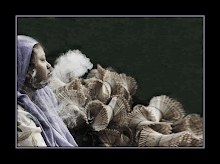















































































































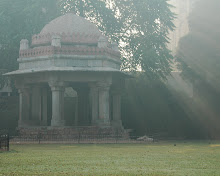
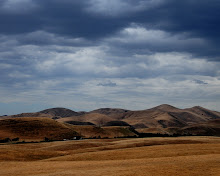
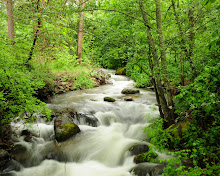
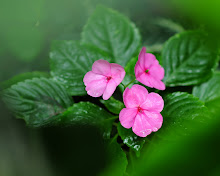

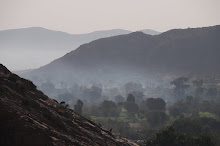
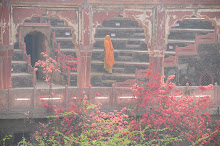












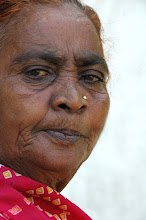














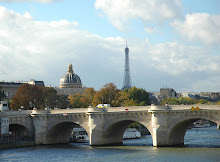
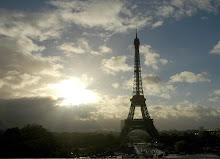
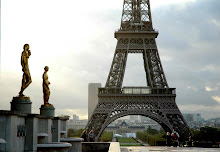
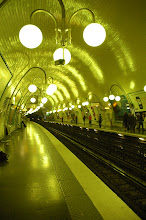



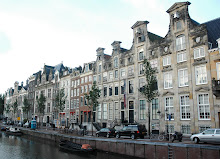
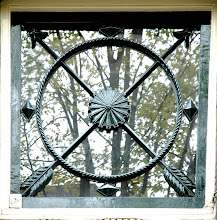
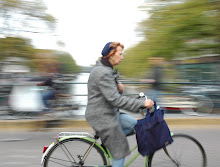
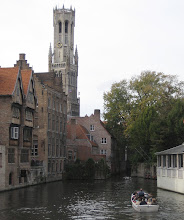
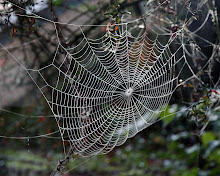





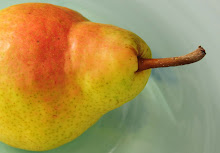
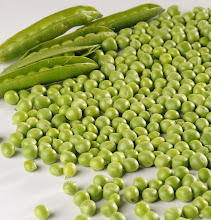

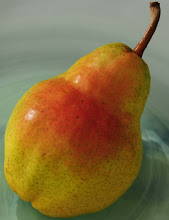
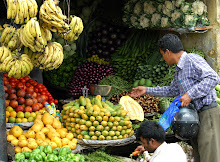
























































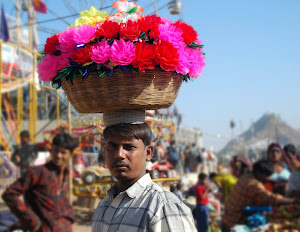


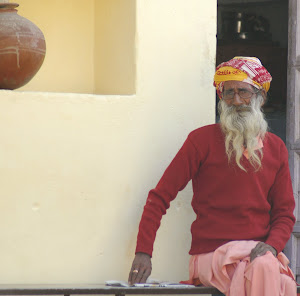

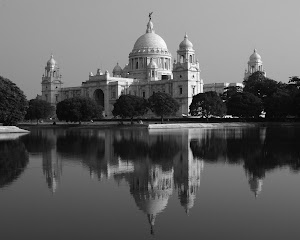

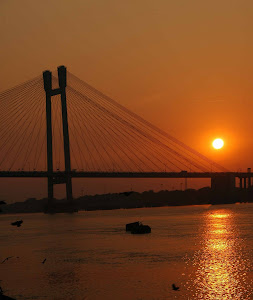




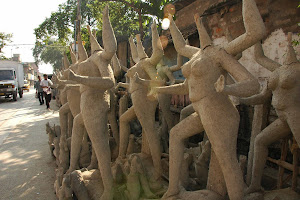
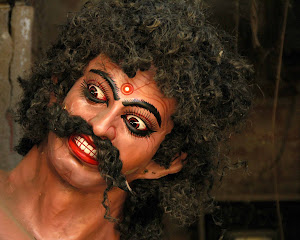

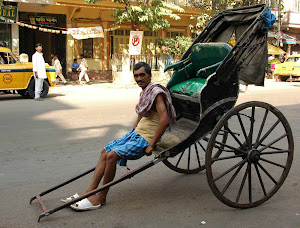


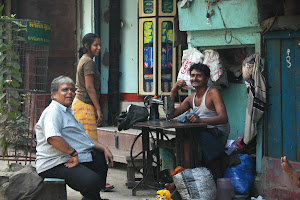
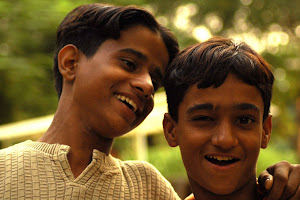


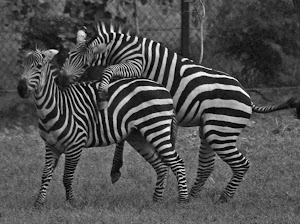

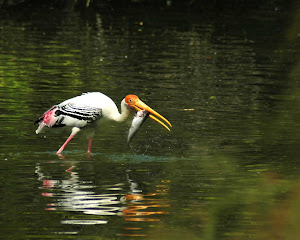



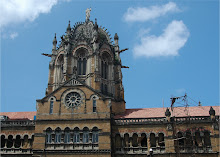
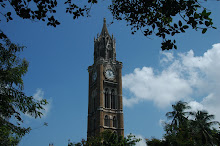
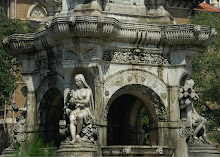
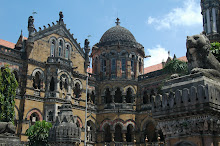
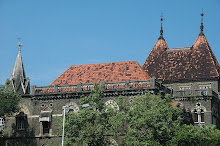


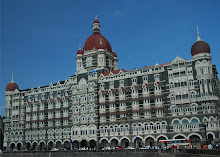





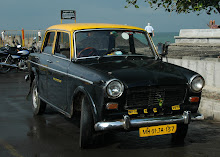




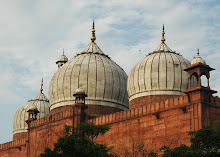
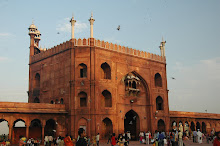
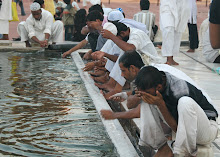
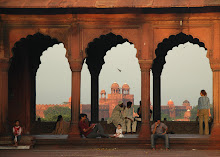

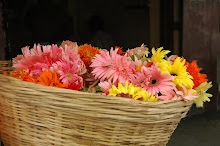
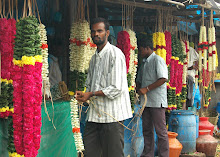
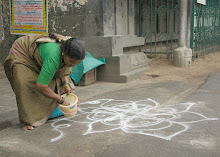
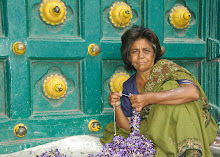
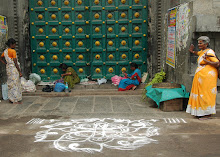
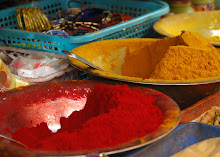
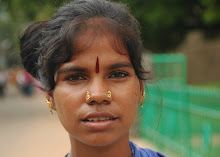
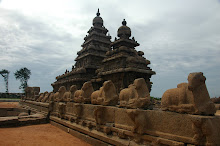
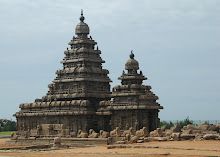
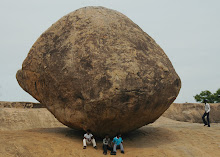
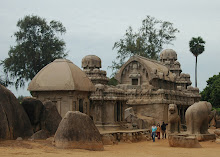

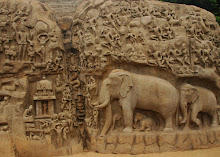
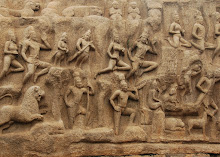
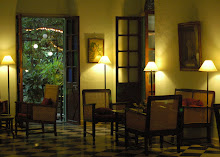
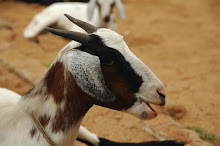
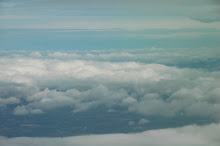
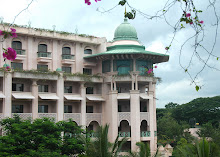


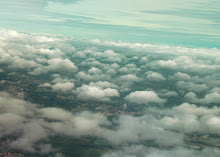

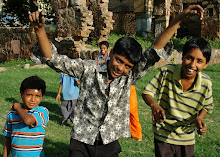
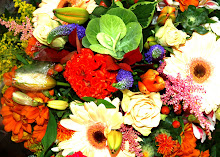
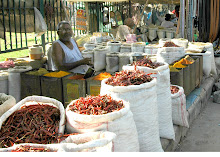+DSC_7019.jpg)
